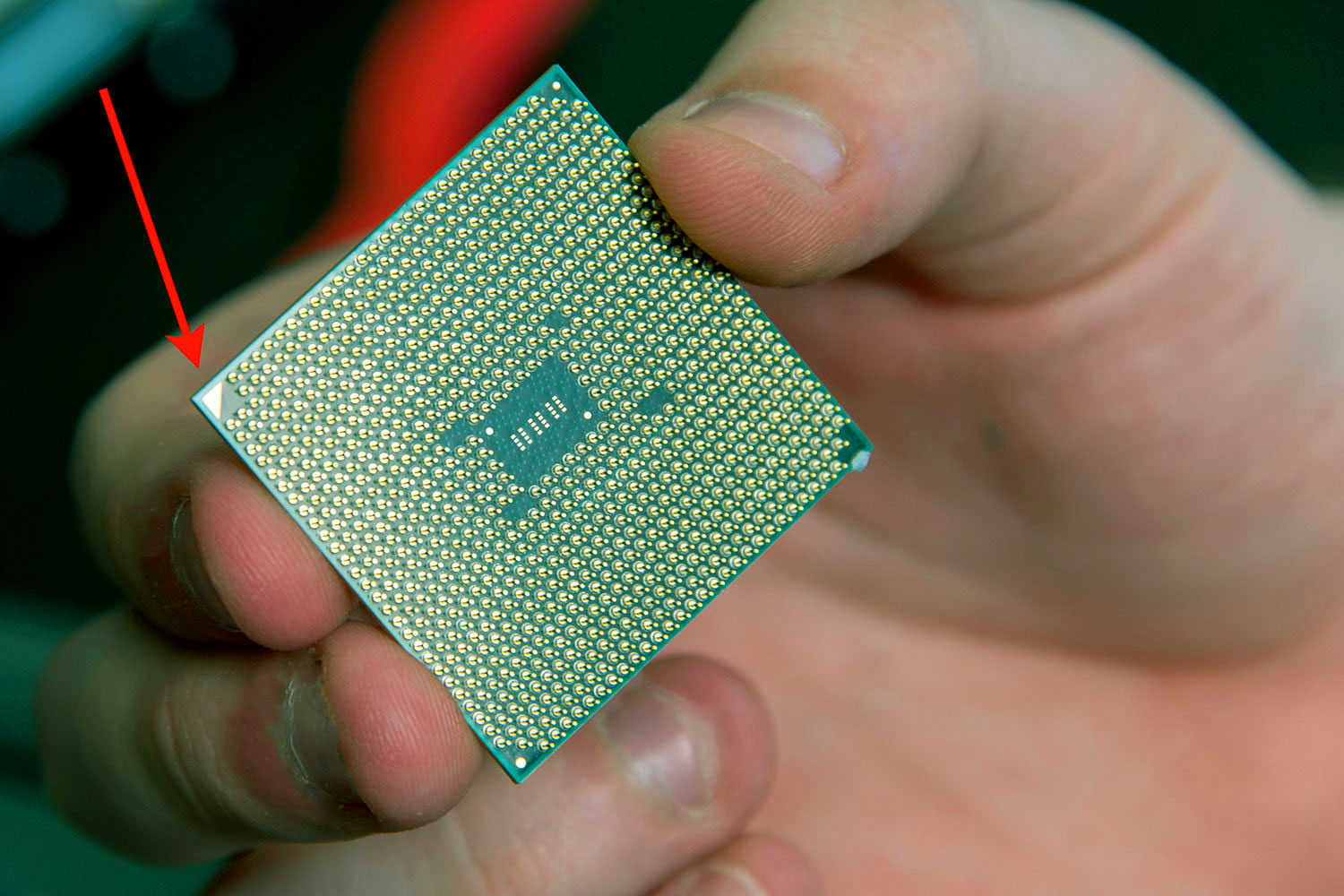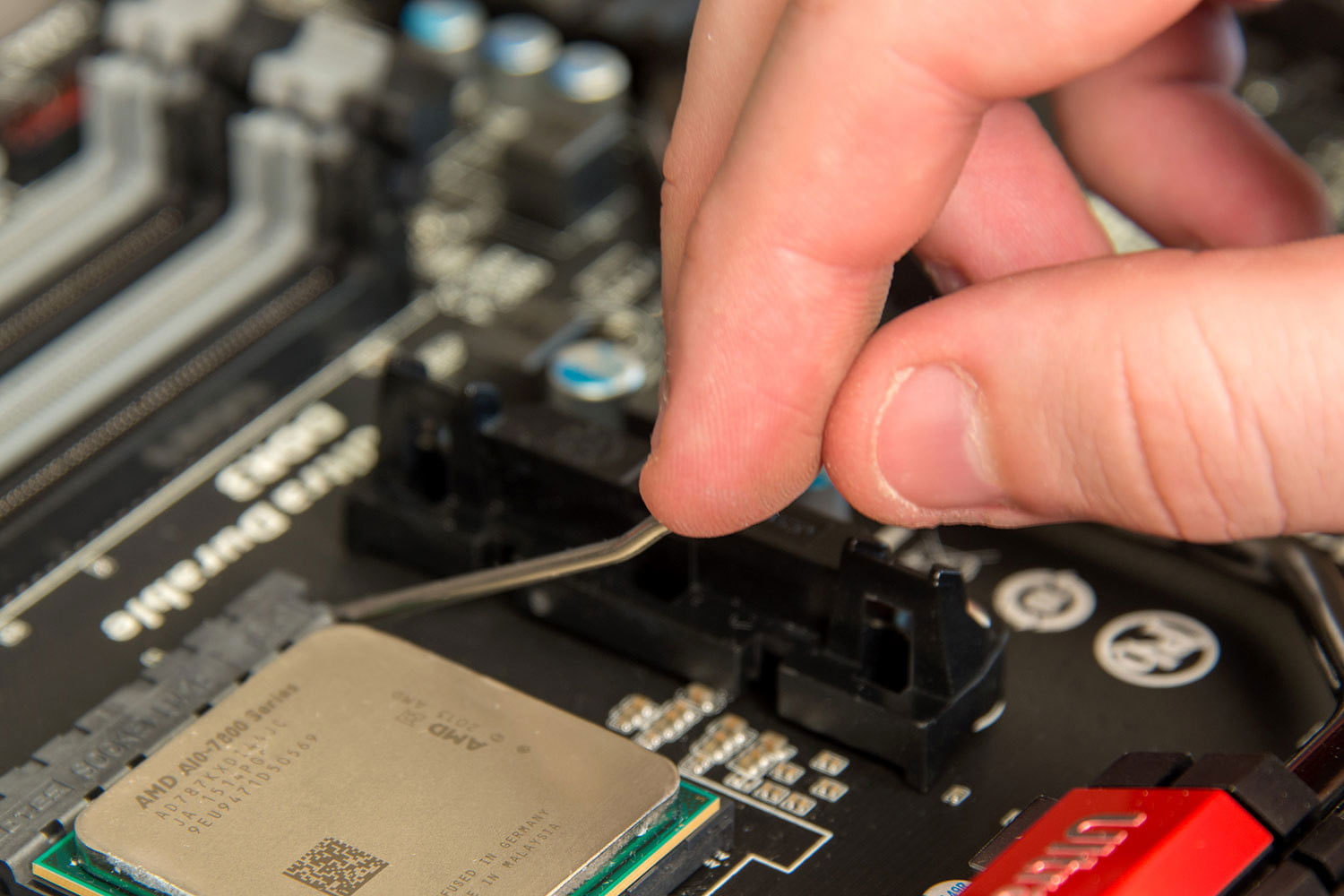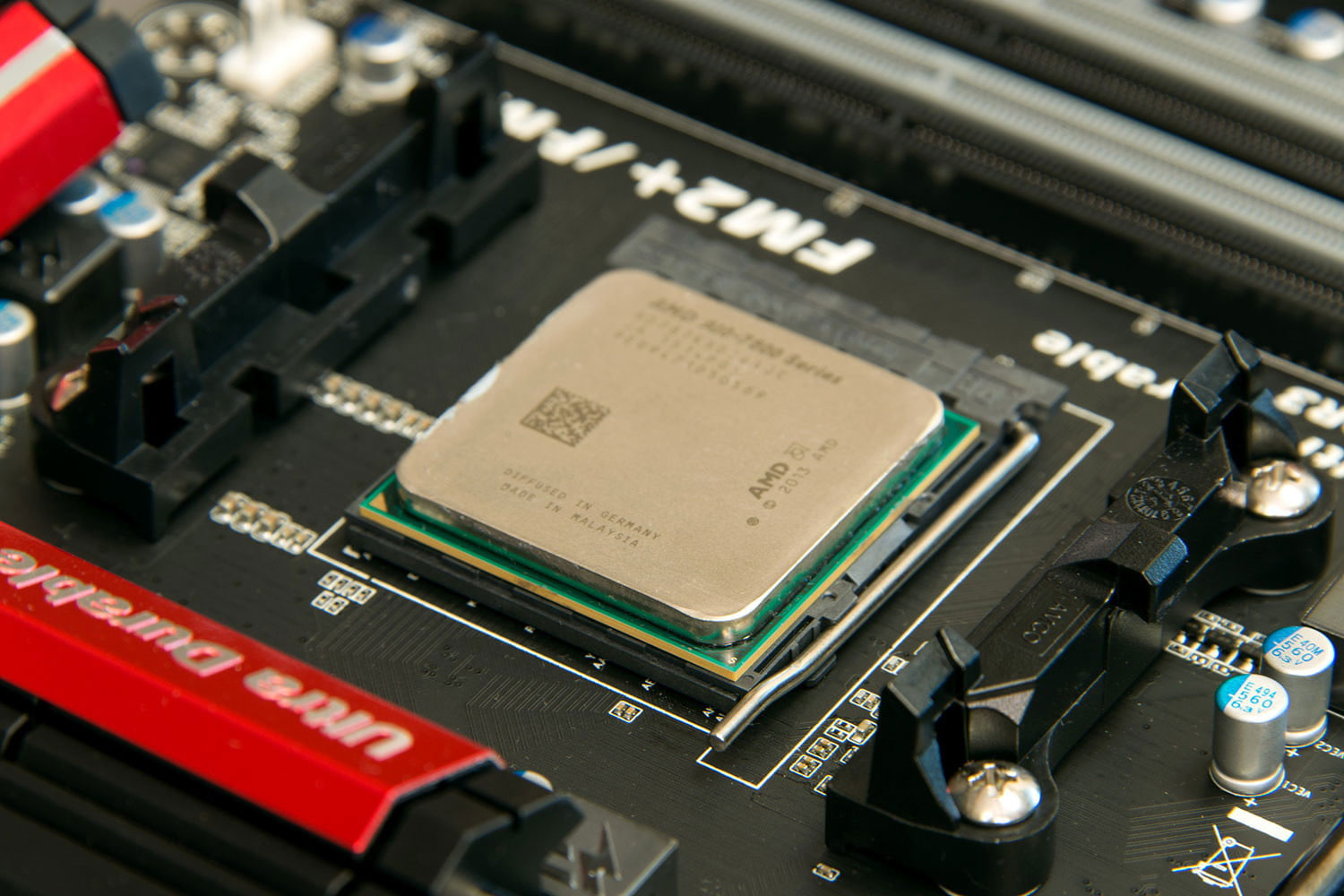AMD processors are some of the most popular choices among people on all sorts of budgets, but they are a little different to their Intel counterparts.
For starters, the pins are on the chip itself, rather than in the socket. You’ll also need a different bracket to install the cooler more often than not. But even with those minor hiccups in our way, there’s no reason you can’t learn how to install an AMD processor in a few minutes.
If you’ve not bought your AMD part yet, here’s a guide to the best ones available, no matter what you want to do with them.
Step 1: Prepare your parts

You don’t want to have to stop half-way through the installation process to find something that you need to complete the installation, so make sure you have everything within easy reach before getting started. You’ll need the AMD CPU itself, a motherboard to plug it into, and a cooler. If the cooler comes with heatpaste pre-applied, like the stock AMD Ryzen chiller, then you don’t need anything else. If it doesn’t, you’ll also need some heatpaste of your own.
It’s also a good idea to have a lint-free cloth and some 100% isopopyl alcohol to hand, in case you get a bit overzealous with the heatpaste. We’s also recommend an anti-static bag for placing electronic components on, and make sure that you have good lighting so that you can see what you’re doing.
Depending on your cooler, you may need a screwdriver as well. Typically, a Phillips head with a relatively long body, but check your cooler to be sure.
Note: We would also recommend you use an anti-static wristband to make sure you don’t transfer any static charge to your components. At the very least, however, make sure that you’re installing your AMD CPU on a non-conductive surface, and ground yourself before starting by touching something metallic, like your PC’s case or PSU chassis.
Step 2: Install the CPU

Note: Unlike Intel CPUs, AMD processors have the pins on the chip itself. Bending or breaking any of those will render your processor unusable, so take special care not to do so when handling yours.
Locate the CPU socket on your motherboard and lift the retention arm into the vertical position. If you’re working on a brand new motherboard, remove the protective plastic insert from the socket. If you’re replacing a CPU, you’ll need to remove the old CPU and potentially its cooler too. For that, see the instructions for your specific cooler. When removing the old CPU, be careful when handling it if you plan to reuse it.
Remove your new CPU from its packaging if you haven’t already, and look at its underside. In one of the corners you should see a small, golden triangle. This corresponds to an indented triangle on your motherboard’s CPU socket and will help you orientate the chip the right way. Carefully place it into the socket, making sure that all of the pins slip home into their corresponding ports. It shouldn’t require any force, so if it doesn’t fit quite right, remove it, and start again.
Once the CPU is in place, and you’re certain that it’s installed correctly, press the retention arm back into place on the socket. This will take a small amount of force, but it shouldn’t be excessive. Trust your instincts and if you’re unsure, double check everything is right before pressing any harder.
Step 3: Install the cooler

No AMD processor will work for long without a cooler. You’ll get one in the box with most AMD CPUs, or you can use an aftermarket option, whether that’s air or liquid. In any case though, the installation will be very specific to your chosen cooler, so refer to the manual for any steps you may need to take. You are quite likely to need access to the rear of your motherboard, so make sure that’s possible by removing the back panel from your PC chassis.
Whatever cooler you install though, it needs something to transfer heat from the CPU to the cooler effectively. That’s where the thermal paste or heatpad comes in. A number of CPU coolers will have the paste pre-applied in the factory, so if yours has that, you can simply follow the cooler installation instructions. If yours doesn’t have paste pre-applied, however, you’ll need to do it yourself.

There are a number of ways you can apply heat paste, from spreading it across the whole surface, to cross techniques, and there are arguments for more or less. The simplest and most beginner friendly of them all, though, is to squeeze a pea-sized amount right in the middle of the chip. If you end up with too much, remove the chip and use the lint-free cloth and isopropyl alcohol to carefully clean it off. Then start the process again.
Some heatpaste is electronically conductive. While most isn’t, it’s a good rule of thumb to avoid getting any of it pints on the underside of the CPU, or in any of the ports in the socket. Be careful and precise with your placement.
If you’re using a heatpad, simply place it over the CPU, making sure that it’s the correct size and that it’s fitted snuggly.
When your heat transfer material is in place, it’s time to install the cooler itself. Follow the instructions in your cooler’s manual, with one caveat. When it comes to the screws that hold it in place, make sure to screw them in slowly (by hand, if possible) and use a cross pattern — screw in opposite corners alternatively, making sure no one screw is more than a turn or two tighter than the others at any one time.
Then take the cooler’s fan header and plug it into the respective slot on your motherboard. It will be a three or four pin fan header, usually with a designation on the board that reads CPU Fan, or similar. If in doubt, refer to your motherboard’s manual.
Step 4: Test it out

If the steps above all went well, your CPU should now be successfully installed. If you still have the rest of the PC to build, follow our guide to get everything else in place. Alternatively, start your system up and see if it posts and better yet, boots to your operating system of choice. If it does, congratulations, chances are all is well. Now you could consider trying to overclock it.
Before you do anything else, though, we’d recommend using a temperature sensing application like AMD’s own Ryzen Master or HWInfo to make sure the CPU is cooled well enough. If it isn’t, you may find that your cooler isn’t mounted right, or the screws aren’t tight enough.
If your system doesn’t boot, refer to your motherboard manual to decode any diagnostic beeps or lights, then try remounting the CPU and cooler.
Editors' Recommendations
- The RTX 4090 is more popular on Steam than any AMD GPU
- Here’s even more proof that AMD’s GPUs are in trouble
- Here’s everything to consider when buying a CPU in 2024
- What is CPU cache, and why is it so important for gaming?
- AMD’s upcoming APUs might destroy your GPU







